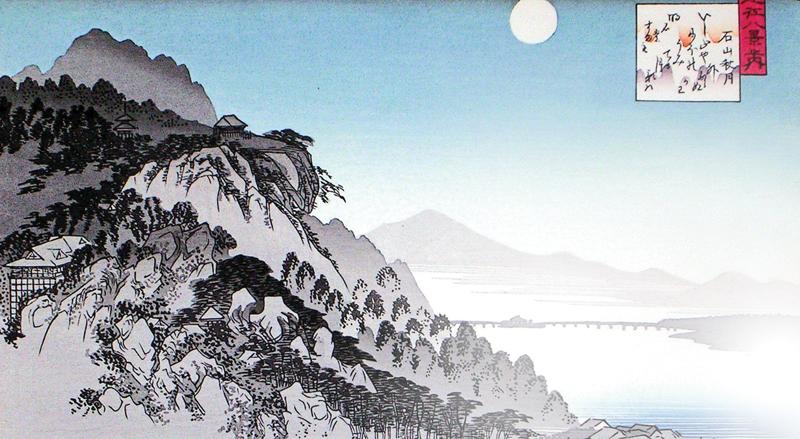
In the space of modern global culture, very few nations have managed to achieve the popularity and ubiquity that Japan has accumulated. Thanks to Japan’s relatively early investment in soft power, its arts, habits, music, cuisine and other relevant fields managed to significanthaly t rival the west in terms of prominence. However, despite contemporary Japan becoming known for its uniqueness, a strong cultural identity is far from a new development. Japan, despite its period of isolation, became highly in influential on global culture from the moment its borders were forcefully opened to the world.
Beginning in the mid-19th century, Japonisme or the popularity of Japanese culture in Europe, had a great influence on Western culture; having influenced the likes of van Gogh and even Renoir. While most aspects of Japanese culture were popularised, such as Japanese decorative art, gardens and even theatre. However, the single most popular aspect of Japanese culture, which had the most influence on the global perception of classical Japan was Ukiyo-e or Japanese woodblock prints and paintings.
Woodblock printing
 Developed by Buddhist monks for the purposes of propagating Buddhism, woodblock printing was a largely underused technique that allowed relatively cheap mass production of print. Originating in China and as a result spreading to Japan, print was not a popular technique as most of the population in both countries were largely illiterate and art was a luxury exclusive to noblemen. This meant that mass production was not necessary. However, as the nations grew more stable, the time for luxuries like literature and art grew. This was especially true for Japan, which at the time had just been unified under the Tokugawa Shogunate.
Developed by Buddhist monks for the purposes of propagating Buddhism, woodblock printing was a largely underused technique that allowed relatively cheap mass production of print. Originating in China and as a result spreading to Japan, print was not a popular technique as most of the population in both countries were largely illiterate and art was a luxury exclusive to noblemen. This meant that mass production was not necessary. However, as the nations grew more stable, the time for luxuries like literature and art grew. This was especially true for Japan, which at the time had just been unified under the Tokugawa Shogunate.
This period of time, know as the Edo period, saw great development in terms of culture and being in over 200 years of relative peace and stability meant most common people were free to indulge in luxuries usually reserved for the elite. Woodblock printing was a vital contributor for this massive cultural shift.
Ukiyo-e, translated as ‘Pictures of a Floating World’, refers to type of art which were printed by woodblock and mass produced. Characterised by its depictions of the experiences and pleasures of the common people at time, these prints were massively popular among the middle class, commonly serving as decorations in many households. Initially printed in monochrome, Japanese woodblock publishers worked out ways to print in color, though Ukiyo-e art continued to be printed in monochrome and colored in after the fact.
The subjects of the paintings may vary greatly but the most common were depictions of beautiful women(bijin-ga), kabuki actors(yakusha-e) and landscapes. Most depictions of women were that of geishas and courtesans, though there was never any attempt to detail the nuances of any individual woman, instead focusing on the aesthetics of the fashions at the time.
As depictions of sex and pornography was not seen as offensive by Japanese religion nor the Government, erotic art or shunga prints were also a popular genre of Ukiyo-e, though productions of it were eventually suppressed by the following Meiji era. As Shintoism, the primary native religion of Japan worshipped gods that existed in nature, landscapes were quite popular and though its rise was seen much later in history, this was the most popular genre of Ukiyo-e that was spread by the west and in turn forged global perception of classical Japanese art.

